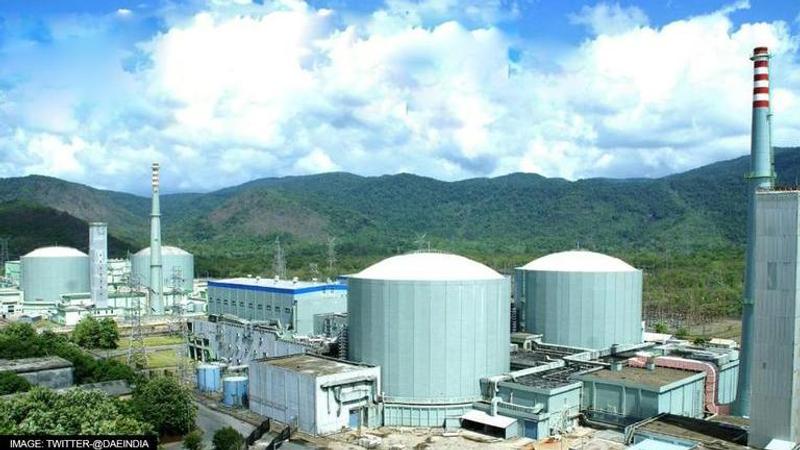Published 13:44 IST, March 27th 2022
India to build fleet of 10 nuclear plants, work on first station to begin in 2023
India plans to start construction of ten 'fleet mode' nuclear reactors over the next three years with the first pour of concrete for a 700MW atomic power station.

India plans to start construction of ten 'fleet mode' nuclear reactors over the next three years, with the first pour of concrete for a 700 MW atomic power station in Karnataka's Kaiga slated for 2023. From the pre-project stage, which includes excavation activities at the project site, the first pour of concrete (FPC) heralds the start of nuclear power reactor construction.
According to the Press Trust of India (PTI), officials of the Department of Atomic Energy (DAE) informed the Parliamentary panel on science and technology that the first pour of concrete (FPC) of Kaiga units 5 and 6 is expected in 2023; the FPC of Gorakhpur, Haryana, Anu Vidyut Praiyonjan units 3 & 4 is expected in 2024.
“The FPC of Kaiga units 5&6 is expected in 2023; FPC of Gorakhpur Haryana Anu Vidyut Praiyonjan units 3 & 4 and Mahi Banswara Rajasthan Atomic Power Projects units 1 to 4 is expected in 2024; and that of Chutka Madhya Pradesh Atomic Power Project Units 1 & 2 in 2025,” officials of the Department of Atomic Energy (DAE) told the Parliamentary panel on science and technology.
In June 2017, the Centre approved the building of ten 700 MW indigenously built pressurised heavy water reactors (PHWRs). The 10 PHWRs would cost Rs. 1.05 lakh crore to construct. It is for the first time that the government approved the construction of ten nuclear power reactors at once in order to save costs and shorten construction time.
Bulk procurement under fleet mode
Purchase orders for forgings for steam generators, SS 304L lattice tubes and plates for end shields, pressuriser forgings, bleed condensers forgings, Incoloy-800 tubes for 40 steam generators, and reactor headers were placed for the fleet mode projects, according to DAE officials. The Department of Atomic Energy (DAE) announced that the engineering, procurement, and construction package for turbine island for Gorakhpur units three and four and Kaiga units five and six have been granted.
Under the fleet mode, a nuclear power plant is anticipated to be built over a period of five years from the first pour of concrete.
India currently has 22 Nuclear reactors in operation with a total capacity of 6780 MW. On January 10 of last year, a 700 MW reactor in Gujarat was linked to the grid, but it has yet to begin commercial operations.
The PHWRs uses natural uranium as fuel and heavy water as a moderator, which has materialised the mainstay of India's nuclear power programme. With Canadian assistance, India's first pair of 220 MW PHWRs were built at Rawatbhata, Rajasthan, in the 1960s. As a result of Canada's withdrawal of help following India's peaceful nuclear tests in 1974, the second reactor had to be built with considerable indigenous components.
Over the years, India has constructed a total of 14 PHWRs of 220 MW, each with a uniform design and better safety features. Indian engineers improved the design to boost the power generating capacity to 540 MWe, and two of these reactors were put into service in Maharashtra's Tarapur. Additional optimizations were made to increase the capacity to 700 MWe.
(Input: PTI)
Updated 13:44 IST, March 27th 2022




